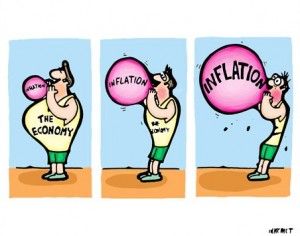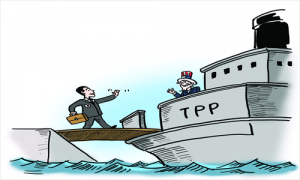Opening Cuba. When US Secretary of Commerce Penny Pritzer arrived in Cuba, she invited her hosts to watch her team, the Chicago Cubs, in post season. Fidel Castro was reportedly a very good baseball pitcher. If he and George W. Bush had been able to sit down and arrange for Cuban baseball stars to play for American teams, Cuba might have opened for US business more than a decade ago.
Teams meeting in Washington “have made important advances in negotiating a memorandum of understanding on establishing regular flights between Cuba and the United States, and shortly they will be ready to announce a preliminary agreement on this issue”, Josefina Vidal, head of North American affairs for Cuba’s foreign ministry, told reporters in Havana. So is the expanded public Internet access that Cubans now enjoy, something the Cuban government agreed to as part of the deal struck between President Obama and Cuban President Raúl Castro a year ago. This deal is the result of months of negotiations between the two countries and paves the way for US airlines to eventually sell flights to Cuba directly from their websites for greater tourism which is still barred by USA law. It said a stronger USA civil aviation relationship with Cuba is a “critical component” of Obama’s effort to normalize relations between the two countries, which have already reopened embassies in Havana and Washington.
Some members of Congress marked the first anniversary of Obama’s opening to Cuba by hailing the impact of the “small steps” that Cubans and American have taken toward each other. American has operated charter service to Cuba since 1991, flying from Miami, Tampa and Los Angeles to the Cuban cities of Camaguey, Cienfuegos, Havana, Holguin and Santa Clara. Diplomatic exchanges between the USA and Cuba came to a screeching halt in 1961 when Washington announced that it would be breaking off its ties with Havana. “This is as much a political document as it is a transportation document”, he said.
Tony Castro, the youngest son of former Cuban president Fidel Castro, says baseball is helping Cuba and the United States to reunite. “We look forward to offering service between our global gateways and Cuba as soon as we have approval to do so”, airline spokesman Charles Hobart said in an email. This oversight is now managed by licensed People-to-People tour operators who use charter companies for their air travel to Cuba. “The atmosphere of relaxation makes it easier for Cuba to diversify its economic relations beyond just Venezuela”, its main ally and trade partner, said Jorge Duany, an expert at the Florida International University’s Cuban Research Institute. Other U.S. airlines – American Airlines Group Inc, Delta Air Lines Inc and United Continental Holdings Inc – have expressed interest in scheduling flights to Cuba. Since Obama eased restrictions on travel, USA visits to Cuba have climbed more than 70 percent, with 138,000 arrivals in the first 11 months of 2015.








